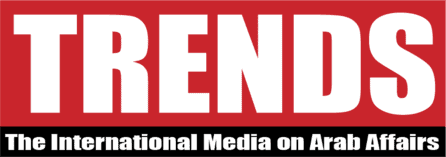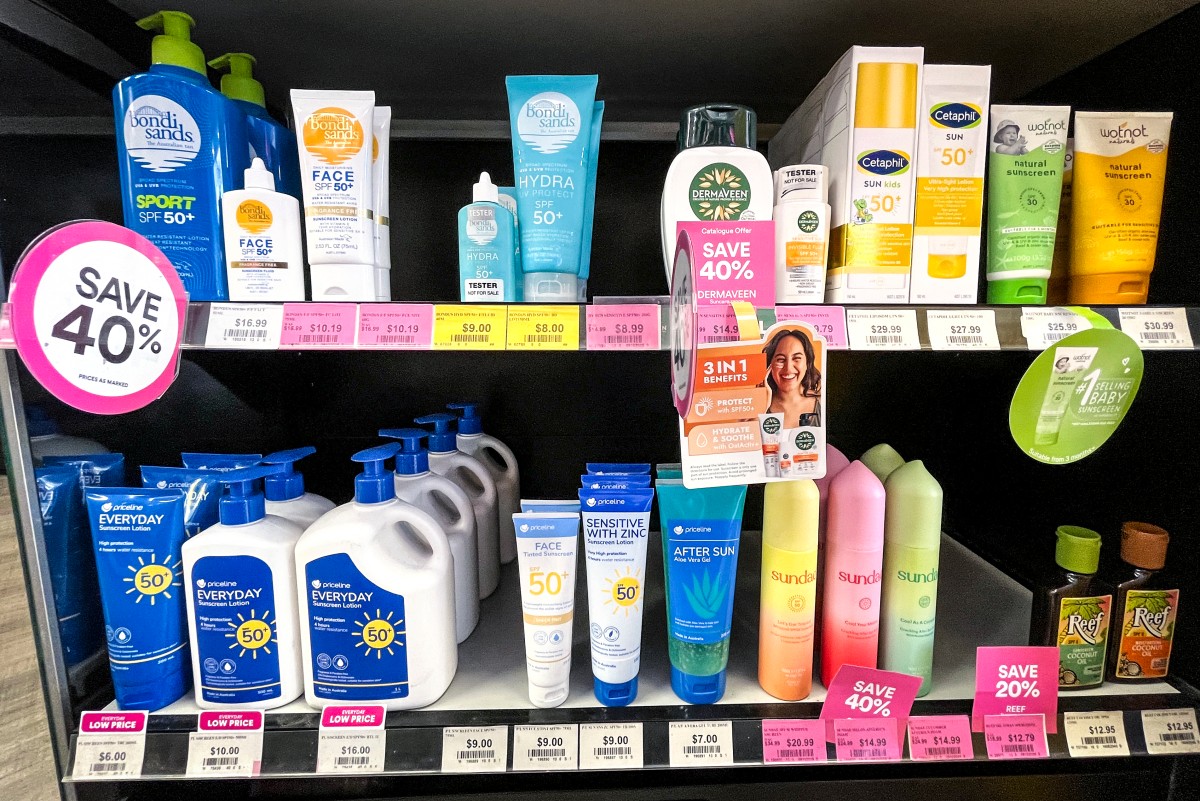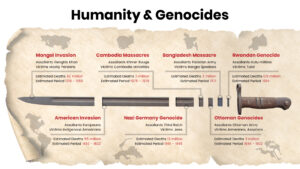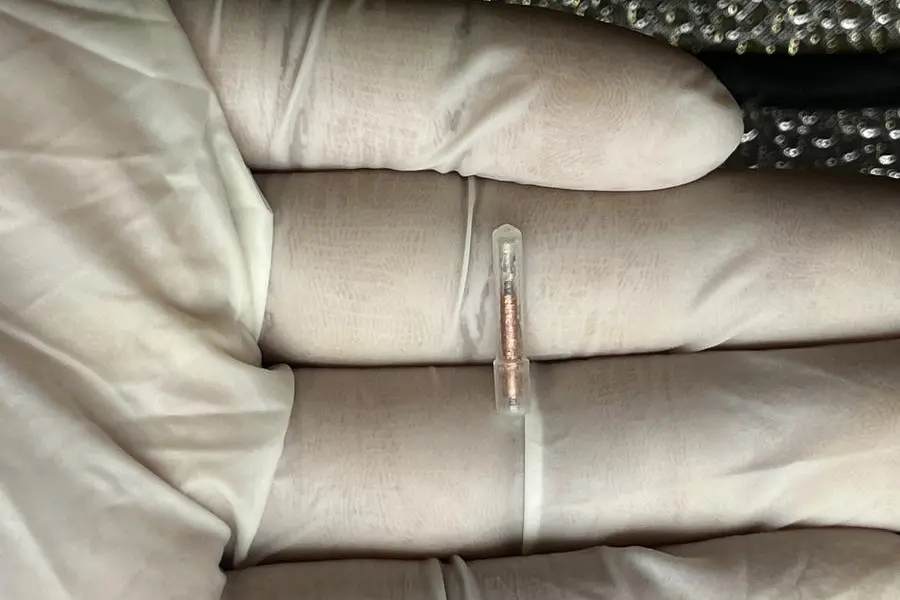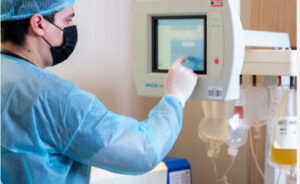Sydney, Australia – The makers of over a dozen suncreams have halted sales in Australia after a consumer advocacy group analysis found many of them did not provide the sun protection factor their makers claimed.
But the country also has the highest rate of skin cancer in the world — almost 19,000 Australians were estimated to be diagnosed with melanoma in 2024, official data shows.
And an investigation in June by consumer group CHOICE found that of 20 popular brands of suncream tested, only four accurately matched their Sun Protection Factor (SPF) claims.
A follow-up investigation by the Therapeutic Goods Administration released on Tuesday identified 21 suncreams that may fall short of their protection claims.
In some cases, products that claimed to have sun protection factors of 50+ “were unlikely to have an SPF greater than 21”, the authority said.
Of the flagged suncreams, eight have been voluntarily recalled, 10 have suspended sales, two are being reviewed and one is not sold nationally, according to the authority.
“You may wish to consider using an alternative product until the TGA completes its review,” the agency warned.
AFP has reached out to a number of the firms named for comment on the claims.
Under current testing standards, things like how much suncream is applied and the degree of skin redness observed can impact the variability of results.
Australia classifies suncreams under therapeutic goods — health-related products for human use rather than cosmetics — and are therefore regulated to ensure their safety and efficacy.
Firms can face heavy penalties for inaccurate labelling.
Anne Cust, acting director of cancer research institute Daffodil Centre, said suncream was “just one of the forms of protection”.
She said people should apply suncream “as a last resort” and use it alongside other protective measures like seeking shade and wearing long sleeves.
“The most important thing with sunscreen is to apply enough of it,” she said. “What is important is to put enough on your skin and reapply after a couple of hours.”
The issue was particularly pressing given the looming summer season, Vice President of the Australian Medical Association Julian Rait told national broadcaster ABC.
“People should still have confidence in the vast majority of suncream products, and they should still provide adequate protection from the sun, especially if used frequently,” he said.
